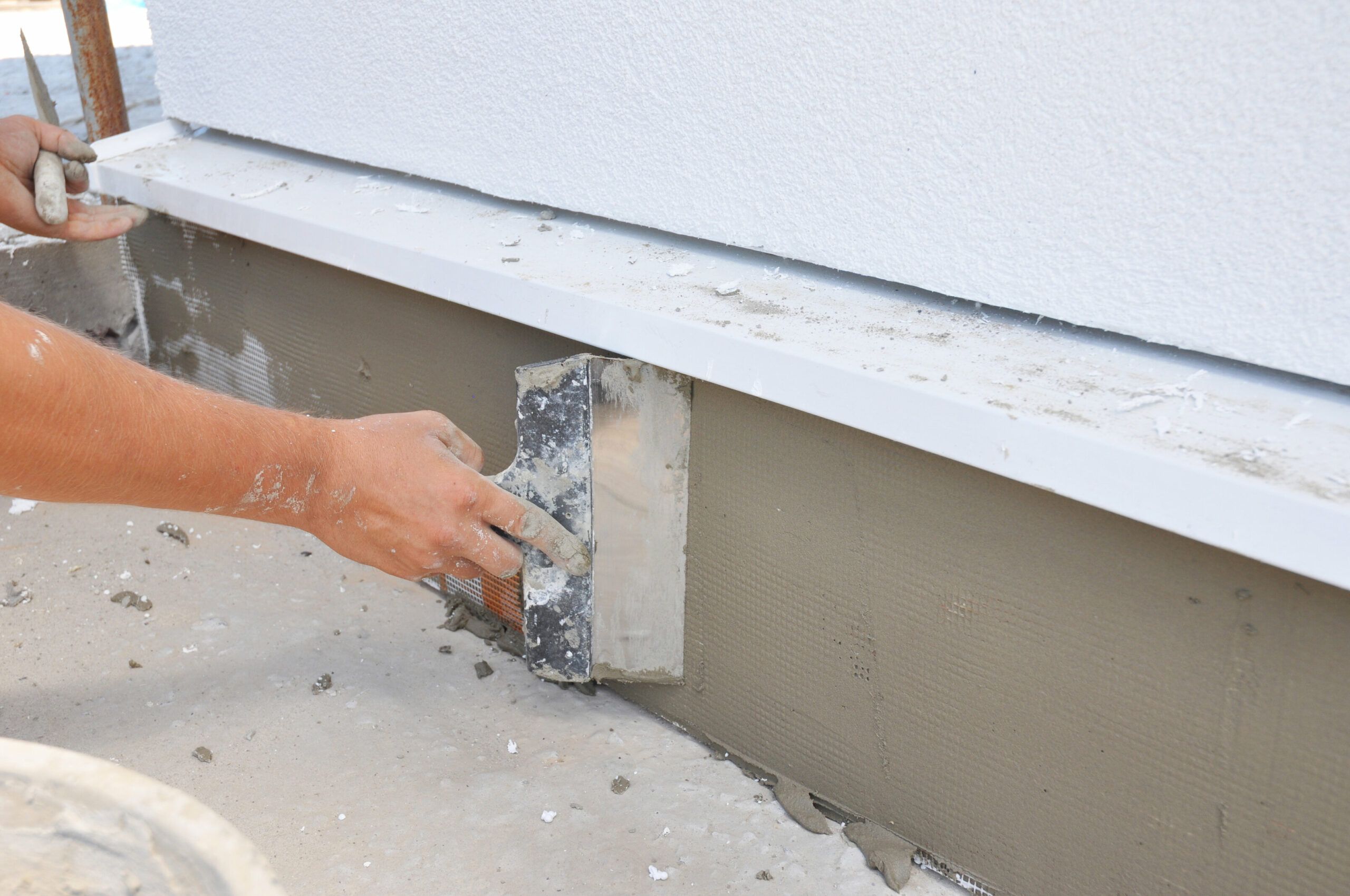[[data.name.value]]
[[metadata.defaultData.name]]
[[data.title.value]],
[[metadata.defaultData.title]],
[[data.company.value]]
[[metadata.defaultData.company]]

Foundation Leak Repair: The Importance of Identifying and Addressing the Source
Water seeping into a building's foundation is referred to as a foundation leak. It may happen for a number of causes, including foundation fractures, insufficient waterproofing, or inadequate drainage. A foundation leak may seriously harm the building, weaken the foundation, and jeopardize the building's structural integrity. It can also encourage the spread of mold and mildew.

Identifying the Source of Foundation Leaks
To solve the problem successfully, the cause of foundation leaks must be determined. Water within the structure is one of the most typical indicators of a foundation leak. It may show up as puddles on the floor, moist carpets, or water stains on the walls or ceilings. Another indicator of water damage is a musty smell.
Examining the building's façade might help you find the cause of a foundation leak. Look for any foundation problems or cracks, gaps around windows and doors, leaking gutters, and broken downspouts. These might serve as sites where water enters the foundation.
It's a good idea to check the building's drainage system as well. Water might build up around the foundation as a result of poor drainage, which can result in leaks. Make that the downspouts and gutters are free of obstructions and are directing water away from the structure.
Addressing the Source of Foundation Leaks
Once the cause of the foundation leak has been established, it is critical to take immediate action. Delaying repairs might make the situation worse and result in more severe damage and expensive fixes.
Waterproofing is one of the best methods to deal with foundation leaks. Applying a barrier to the foundation is water proofing, which stops water from seeping in. A waterproof membrane or waterproofing paint may be used to cover the foundation.
Repairing any cracks or holes in the foundation is another approach to stop foundation leaks. This may be accomplished by using hydraulic cement or epoxy to plug the fractures. To avoid future damage, it's crucial to make sure the repairs are made appropriately.
Enhancing the building's drainage system may also aid in preventing foundation leaks. Installing a drainage system that sends water away from the foundation is one approach to do this. Make that the gutters and downspouts are free of obstructions and that they extend a minimum of six feet from the structure.
Conclusion
An important part of building upkeep is foundation leak repair. Foundation leaks can be quickly located and fixed to limit additional damage and guarantee the building's stability and safety. Effective techniques to deal with foundation leaks include checking the building's exterior and interior, enhancing the drainage system, and taking the proper precautions like waterproofing and crack repair. By following these actions, you may protect the life of your structure and prevent future expensive repairs. Always remember that prevention is always preferable than treatment, and any building owner should make fixing foundation leaks a top priority.
Read more
Read less
[[ metadata.translations.contactme ]]